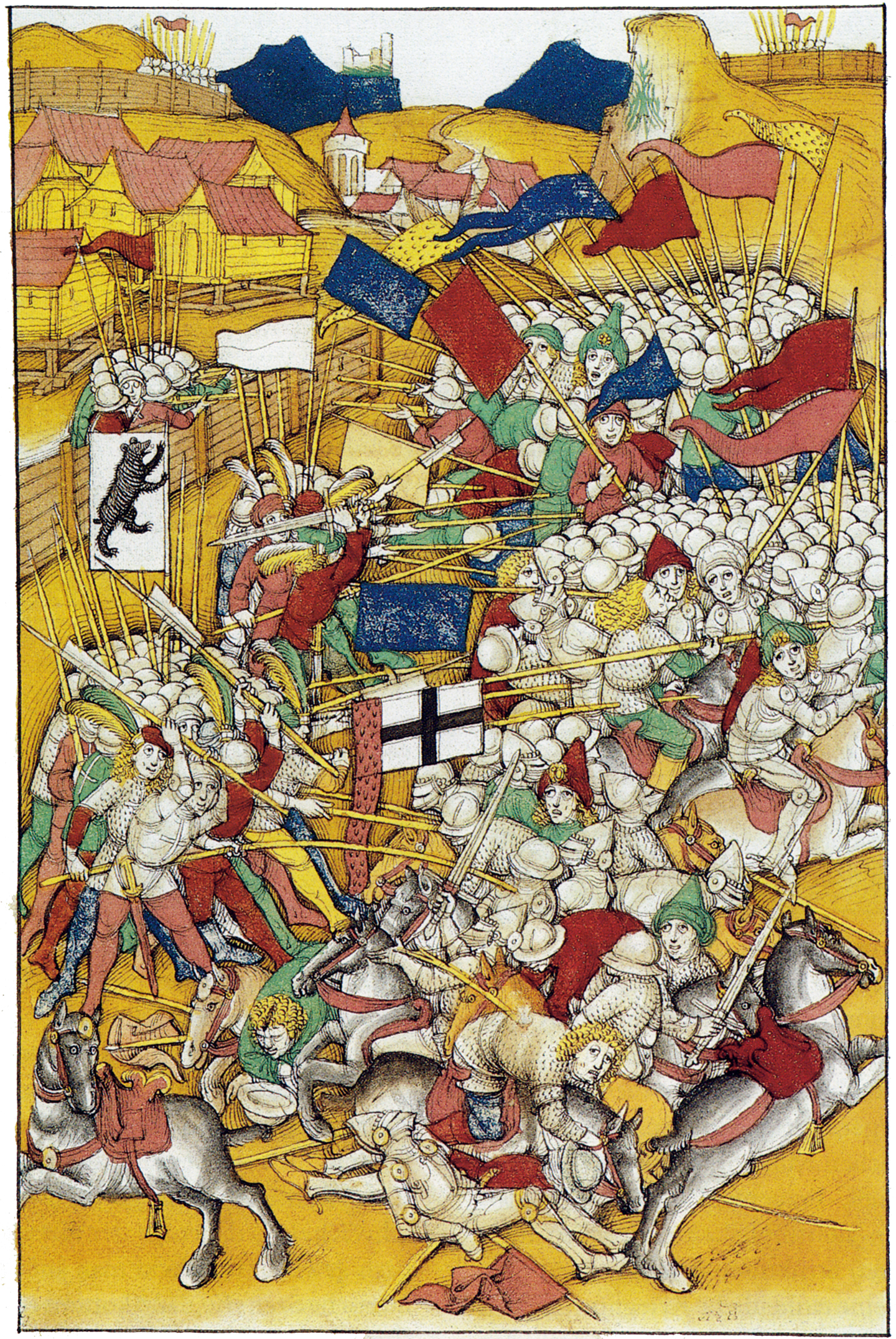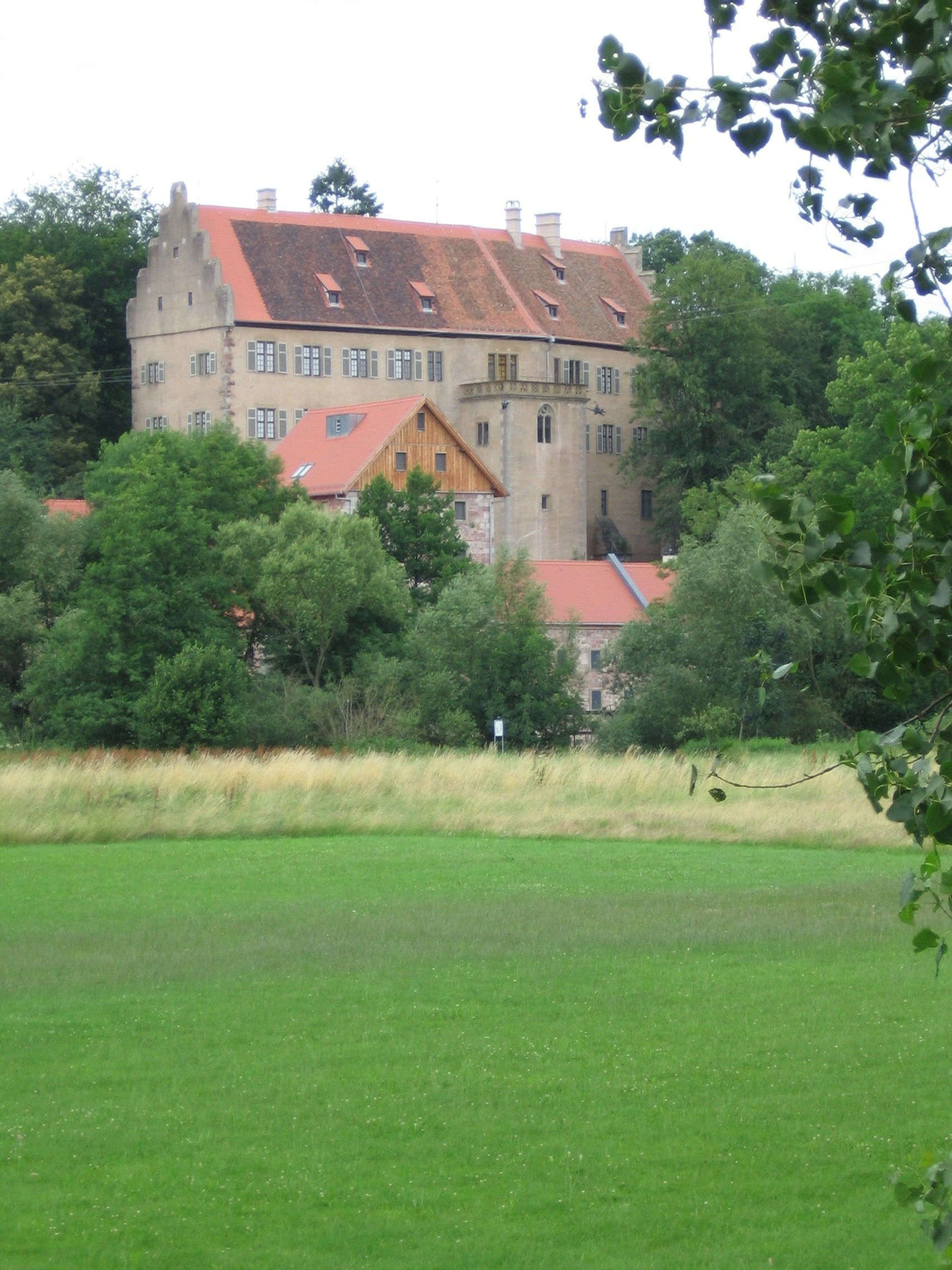|
Counts Of Luxburg
Counts of Luxburg (German ''Graf von Luxburg'') in the 18th Century also the family Girtanner of Luxburg, is originally the name of a St. Galler Council member that immigrated from Girtannerhof in the canton of Appenzell. The family became a Bavarian noble family in 1813. Documentary records appear for the first time under the name Girtanner in the year in 1386. History Hereditary knighthood was acquired from St. Gallen as a general agent of the Lorraine salt works, the previously closed at Luxburg Egnach am Bodensee - March 1776 in Vienna. The family was elevated to ''Freiherr'' (baron) on 29 January 1779 in Vienna with same coat of arms as for Johann Girtanner Ritter of Luxburg. The family was again elevated to ''Reichsgraf'' (Count of the Empire) by Elector Karl Theodor of Bavaria Palatinate as imperial vicar in Munich 24 September 1790 for John's son Johann Friedrich Freiherr von Zweibrücken and Luxburg as “pfalzgräflich landgräflich” Hesse-Darmstadt urban Privy Counci ... [...More Info...] [...Related Items...] OR: [Wikipedia] [Google] [Baidu] |
Appenzell
Appenzell is a historic canton in the northeast of Switzerland, and entirely surrounded by the canton of St. Gallen. Appenzell became independent of the Abbey of Saint Gall in 1403 and entered a league with the Old Swiss Confederacy in 1411, becoming a full member in 1513. It has been divided since into Appenzell Innerrhoden and Appenzell Ausserrhoden since 1597 as a result of the Swiss Reformation. The territory of Appenzell as a geographical entity is known as ''Appenzellerland'' while in political contexts, the two cantons (until 1999 half-cantons) are referred to as ''beide Appenzell'' ("both Appenzells"). History Foundation The name ''Appenzell'' derives from la, abbatis cella 'cell (i.e., estate) of the abbot'. This refers to the Abbey of St. Gall, which exerted a great influence on the area. By the middle of the 11th century the abbots of St Gall had established their power in the land later called Appenzell, which by that time was thoroughly Alemannic. By ab ... [...More Info...] [...Related Items...] OR: [Wikipedia] [Google] [Baidu] |
Thurgau
Thurgau (; french: Thurgovie; it, Turgovia), anglicized as Thurgovia, more formally the Canton of Thurgau, is one of the 26 cantons forming the Swiss Confederation. It is composed of five districts and its capital is Frauenfeld. Thurgau is part of Eastern Switzerland. It is named for the river Thur, and the name ''Thurgovia'' was historically used for a larger area, including part of this river's basin upstream of the modern canton. The area of what is now Thurgau was acquired as subject territories by the cantons of the Old Swiss Confederacy from the mid 15th century. Thurgau was first declared a canton in its own right at the formation of the Helvetic Republic in 1798. The population, , is . In 2007, there were a total of 47,390 (or 19.9% of the population) who were resident foreigners. History In prehistoric times the lands of the canton were inhabited by people of the Pfyn culture along Lake Constance. During Roman times the canton was part of the province ''Raetia'' unt ... [...More Info...] [...Related Items...] OR: [Wikipedia] [Google] [Baidu] |
Egnach
Egnach is a municipality of the district of Arbon in the canton of Thurgau in Switzerland. History Egnach is first mentioned in 1155 as ''Egena''. By the 9th Century it appears to have belonged to the Bishopric of Constance and was part of the upper Bailiwick of Arbon. The Abbey of Saint Gall acquired land in Egnach, which led to competing legal claims between abbot and bishop (which were settled in 854). During the Late Middle Ages it was a regional administrative center for lands of the Bishops of Constance. After the conquest of Thurgau by the Swiss Confederation in 1460, the new rulers replaced all the Bishop's representatives. While the low courts remained in the hands of the bishop until 1798, in 1509 he lost the rights to the high courts to the governor of Thurgau. In 1544 Egnach received a special lower court. The village was part of parish of Arbon. In 1515 St James Chapel was built in Erdhausen, and after 1588 Reformed religious services were held in that chap ... [...More Info...] [...Related Items...] OR: [Wikipedia] [Google] [Baidu] |
Reichsritter
The Free Imperial knights (german: link=no, Reichsritter la, Eques imperii) were free nobles of the Holy Roman Empire, whose direct overlord was the Emperor. They were the remnants of the medieval free nobility (''edelfrei'') and the ministeriales. What distinguished them from other knights, who were vassals of a higher lord, was the fact that they had been granted Imperial immediacy, and as such were the equals in most respects to the other individuals or entities, such as the secular and ecclesiastical territorial rulers of the Empire (margraves, dukes, princes, counts, archbishops, bishops, abbots, etc.) and the Free Imperial cities, that also enjoyed Imperial immediacy. However, unlike all of those, the Imperial knights did not possess the status of Estates (''Stände'') of the Empire, and therefore were not represented, individually or collectively, in the Imperial Diet. They tended to define their responsibilities to the Empire in terms of feudalized obligations to the E ... [...More Info...] [...Related Items...] OR: [Wikipedia] [Google] [Baidu] |
Bad Bocklet
Bad Bocklet is a municipality in the district of Bad Kissingen in Bavaria in Germany. It is a market town and a health spa. Geography Bad Bocklet lies in a bend in the river Fränkische Saale in Franconia about 10 km north of the district capital Bad Kissingen. On the northside, the municipality borders on the district of Rhön-Grabfeld. Divisions of the municipality The municipality is divided into the following towns: *Bad Bocklet *Aschach *Großenbrach *Hohn *Nickersfelden *Steinach an der Saale *Roth an der Saale History Bocklet is first documented in 1122 in the records of the monastery at Aura an der Saale. With secularization of the government in 1803, the territory of the present municipality became part of Bavaria. In the Treaty of Pressburg between France and Austria in 1805, the lands of the Bishop of Würzburg were given to Ferdinand III, Grand Duke of Tuscany, and he was made Grand Duke of Würzburg, a new state, as a reward for his support of Napoleon. These ... [...More Info...] [...Related Items...] OR: [Wikipedia] [Google] [Baidu] |
Bavarian Noble Families
Bavarian is the adjective form of the German state of Bavaria, and refers to people of ancestry from Bavaria. Bavarian may also refer to: * Bavarii, a Germanic tribe * Bavarians, a nation and ethnographic group of Germans * Bavarian, Iran, a village in Fars Province * Bavarian language, a West Germanic language See also * * Bavaria (other) Bavaria may refer to: Places Germany * Bavaria, one of the 16 federal states of Germany * Duchy of Bavaria (907–1623) * Electorate of Bavaria (1623–1805) * Kingdom of Bavaria (1805–1918) * Bavarian Soviet Republic (1919), a short-lived commun ... {{disambiguation Language and nationality disambiguation pages ... [...More Info...] [...Related Items...] OR: [Wikipedia] [Google] [Baidu] |
Medieval German Nobility
In the history of Europe, the Middle Ages or medieval period lasted approximately from the late 5th to the late 15th centuries, similar to the post-classical period of global history. It began with the fall of the Western Roman Empire and transitioned into the Renaissance and the Age of Discovery. The Middle Ages is the middle period of the three traditional divisions of Western history: classical antiquity, the medieval period, and the modern period. The medieval period is itself subdivided into the Early, High, and Late Middle Ages. Population decline, counterurbanisation, the collapse of centralized authority, invasions, and mass migrations of tribes, which had begun in late antiquity, continued into the Early Middle Ages. The large-scale movements of the Migration Period, including various Germanic peoples, formed new kingdoms in what remained of the Western Roman Empire. In the 7th century, North Africa and the Middle East—most recently part of the Eastern R ... [...More Info...] [...Related Items...] OR: [Wikipedia] [Google] [Baidu] |
Lists Of German Nobility
A ''list'' is any set of items in a row. List or lists may also refer to: People * List (surname) Organizations * List College, an undergraduate division of the Jewish Theological Seminary of America * SC Germania List, German rugby union club Other uses * Angle of list, the leaning to either port or starboard of a ship * List (information), an ordered collection of pieces of information ** List (abstract data type), a method to organize data in computer science * List on Sylt, previously called List, the northernmost village in Germany, on the island of Sylt * ''List'', an alternative term for ''roll'' in flight dynamics * To ''list'' a building, etc., in the UK it means to designate it a listed building that may not be altered without permission * Lists (jousting), the barriers used to designate the tournament area where medieval knights jousted * ''The Book of Lists'', an American series of books with unusual lists See also * The List (other) * Listing (di ... [...More Info...] [...Related Items...] OR: [Wikipedia] [Google] [Baidu] |





